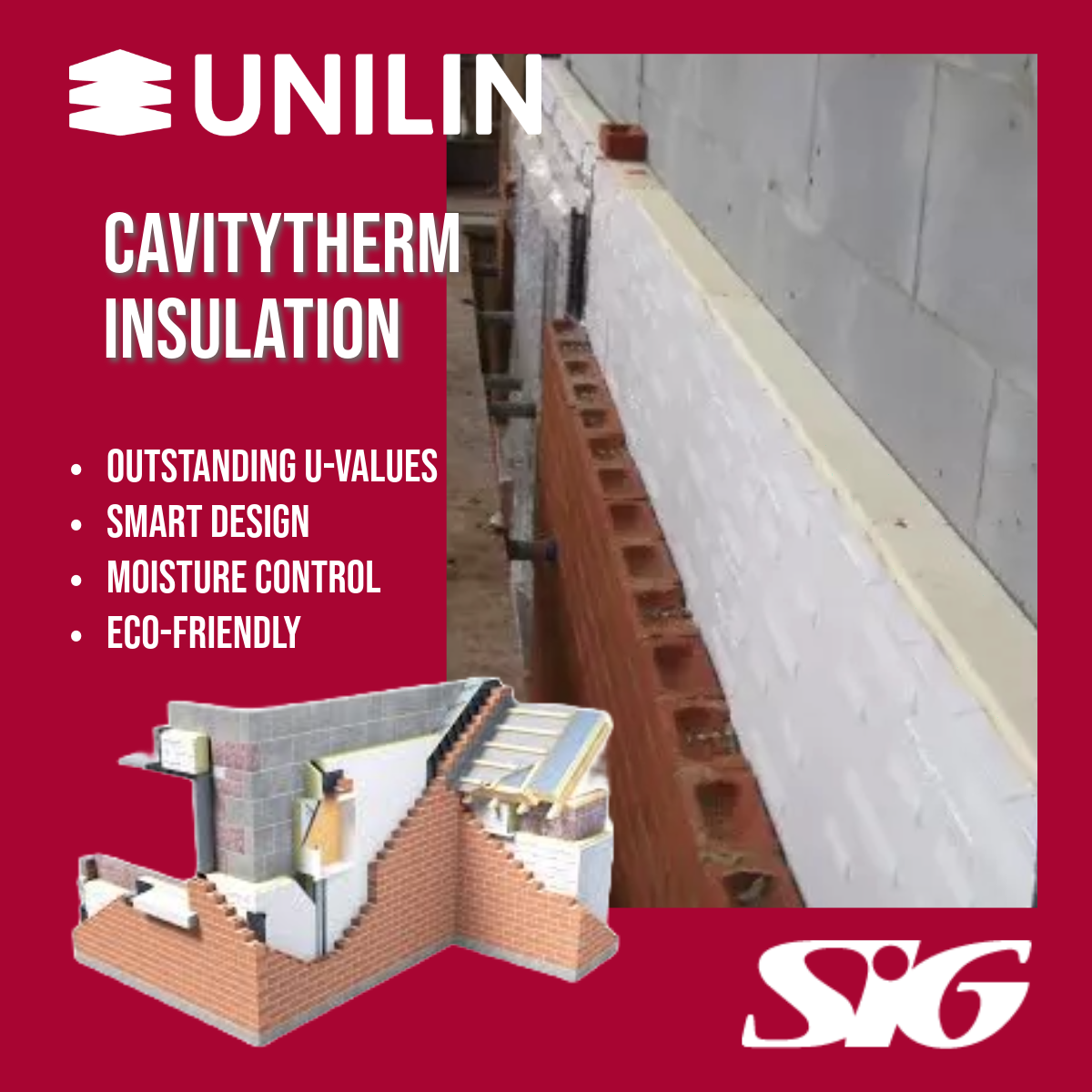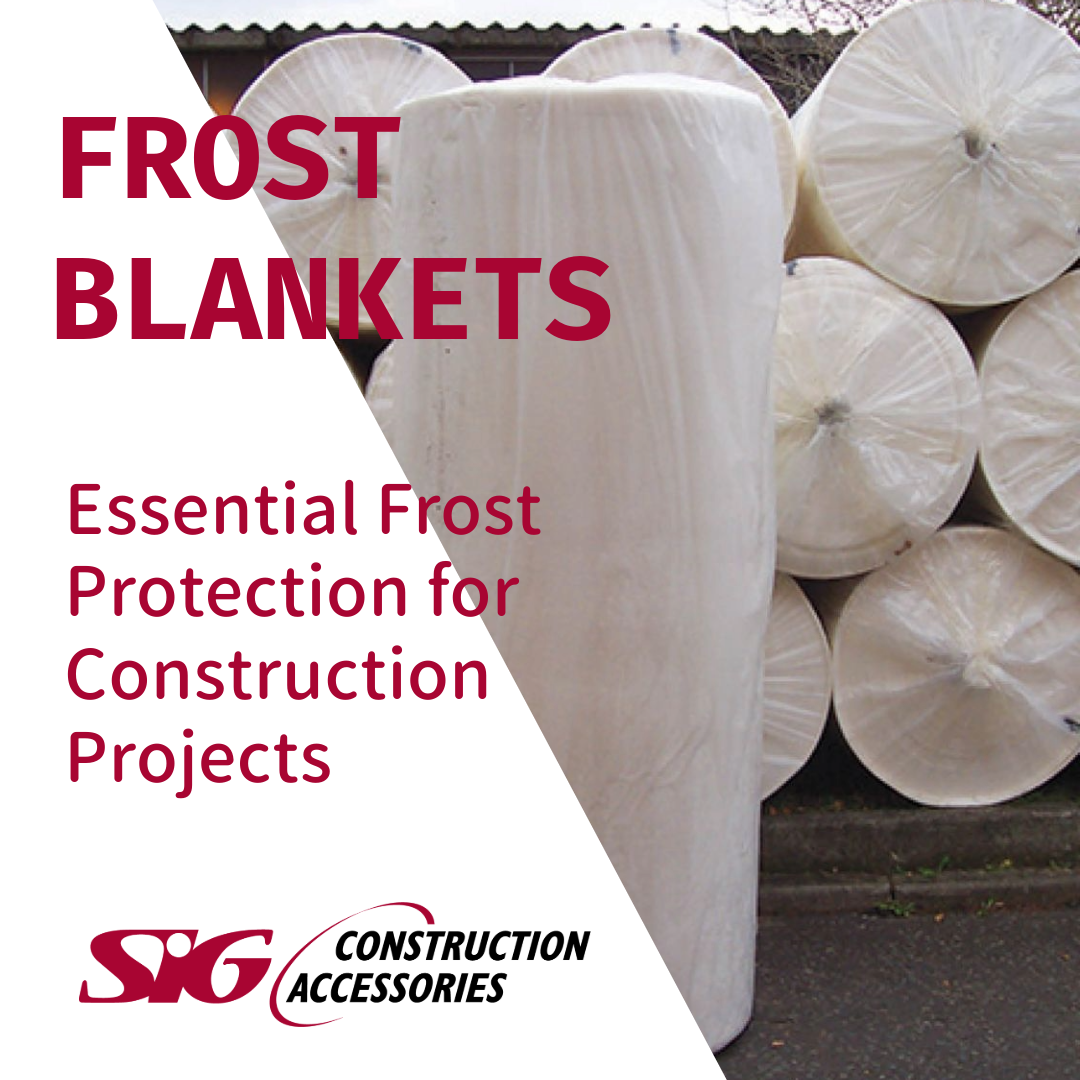Rendering involves the application of layers of cement mixture to walls to create a textured or smooth surface. Monocouche renders are an alternative to traditional renders like cement render such as traditional sand and cement.
The monocouche renders originated in France. The word ‘monocouche’ is French, translating to English as ‘one coat’. This is exactly what the product is – you apply one coat in two passes.
Applying a single coat in two passes allows for fast application with shorter programme periods, reducing scaffolding and site costs, and permitting earlier completion of groundworks.
It is easy to apply and can be done by hand trowel or pumped with a machine to save more time on any residential or commercial build.
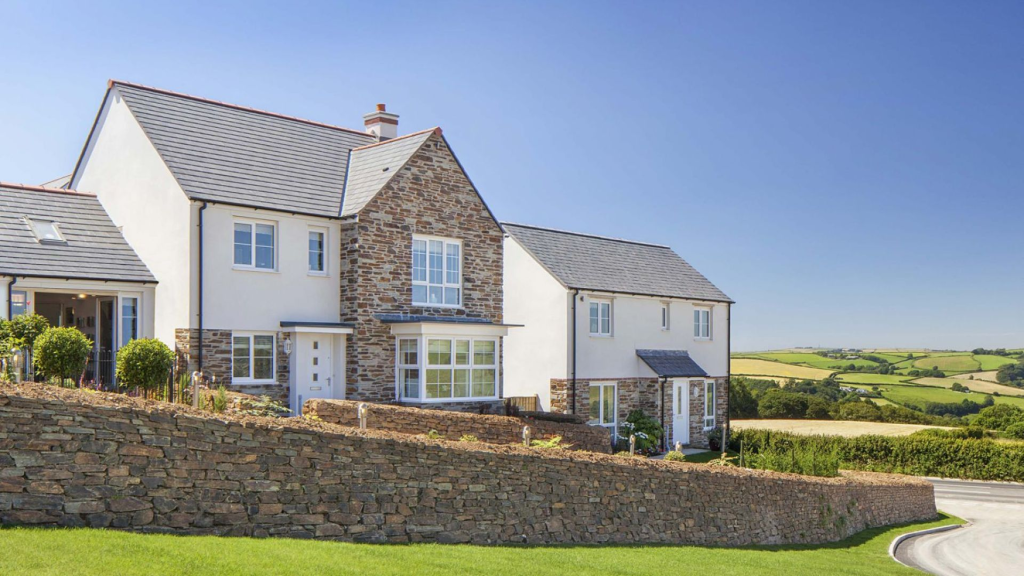
What is a Monocouche Render used for?
By choosing a monocouche render, you get a decorative finished look without the need for masonry paint, resulting in saving time on the build and lowering labour costs for the project.
Monocouche render can be used across the construction industry. It is most commonly used for house improvements like adding extensions and finishing external walls with a pre-coloured two passes monocouche applied render that will give a decorative finish.
Is Monocouche Render good?
Yes, monocouche render is good firstly as it is durable through coloured render that is low maintenance, robust and gives a long-lasting finish onto brick or blockwork walls. You can also apply different style finished.
It will save you time on construction as there will be no need for painting when the monocouche render dries completely.
What are the benefits of Monocouche Render?
One coat, cementitious and through-colour monocouche render is suitable for most types of brick or blockwork.
-
Quick application
Only one coat is needed for fast application and short programme periods
-
Easy application
It is formulated to be spray applied by a render pump for easy application
-
Wide colour range
Self-coloured for low maintenance there is no need to worry about painting after it is applied. The powder is pigmented to the colour stated on the package so no decoration is required
-
Finishing styles
It can be used to create a scraped, stoned or roughcast finish and can be finished in a number of styles.
-
Weather-resistant
The product is weather resistant and algae-resistant but will need maintenance with a water-based render cleaner.
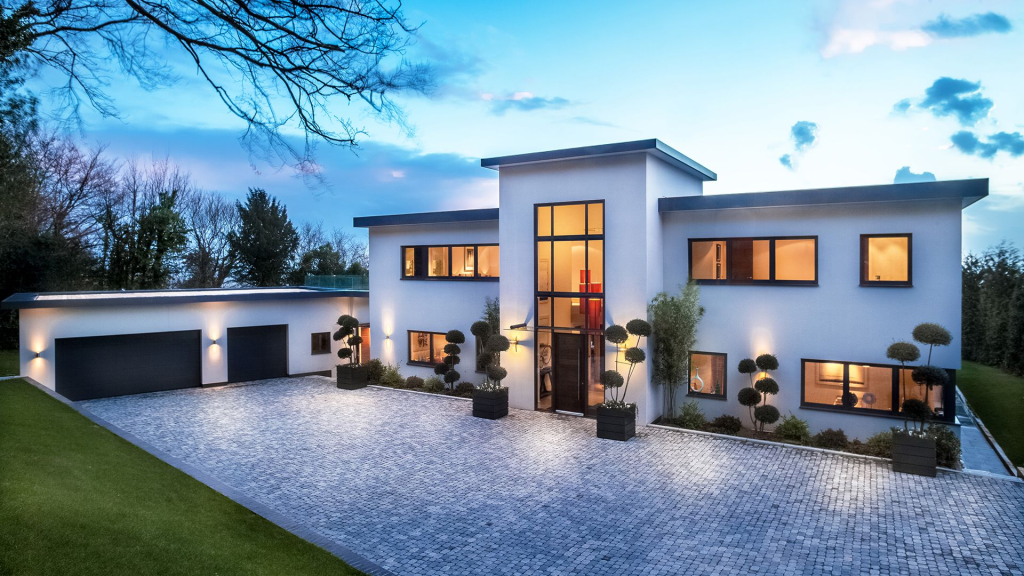
What is better, monocouche or silicone render?
Both monocouche render and silicone render are excellent products, so your choice may depend on weather conditions or location
Monocouche Render is the cheaper option and is easier to apply. It is suitable for most types of brick or blockwork without the need to paint and is easy to spread with a single coat. It has an attractive finish and there is a range of through-coloured render options available.
While silicone render is highly resistant to weather conditions, comes in a huge range of colours, and can be applied in a single layer, it often needs a more flexible render.
Silicone render is ideal for buildings located in coastal areas and is more often used on steel and timber frame buildings.
Does monocouche render crack?
Monocouche renders, like all renders, are not crack-resistant. A thin crack can appear, which is caused by drying shrinkage. This can be easily repaired.
Monocouche render costs more than traditional renders you use with a normal rendering mix like cement render and thin coat render. Choosing a monocouche render will give you the benefit of a through-coloured finish. It gives a significantly higher overall quality to paint than other renders.
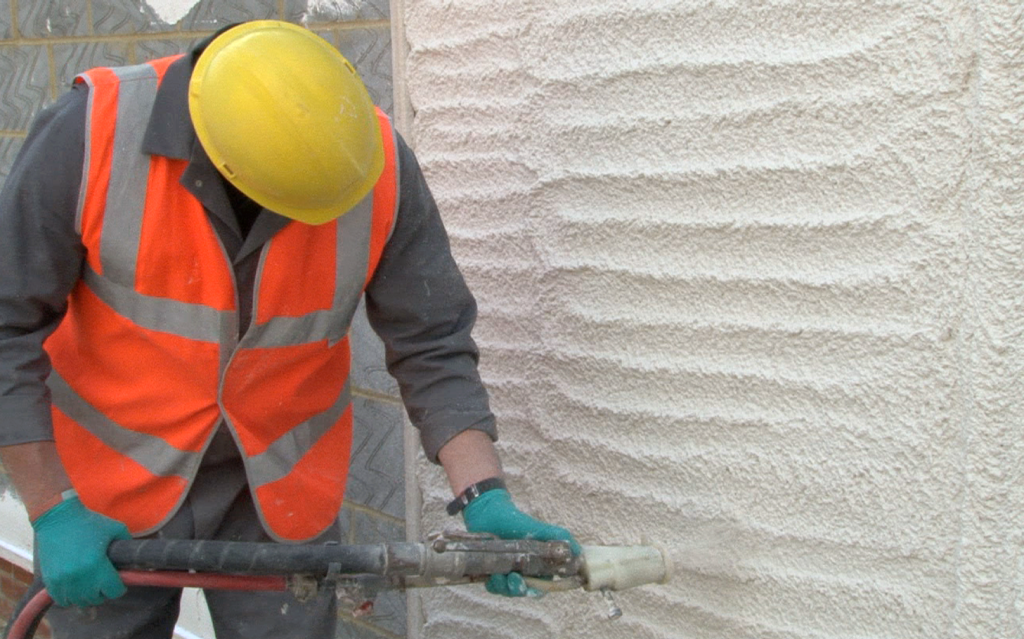
How to apply Monocouche Render
Monocouche render is a one-coat, two passes system. The first pass and second, pass bond together to form one strong monolithic coat.
First, apply your PVC beads to your edges and corners. Not only will this give you a perfectly straight edge, but it will also protect the external corners against impact damage, and water ingress and ensure the integrity of your render system.
Monocouche One Coat Render should be mixed with clean water at a rate of approximately 4.5 – 5.0 litres per 25kg bag using a suitable paddle or pan mixer. Mix for 2 minutes, allow to stand for 2 minutes then re-mix. This process allows the additives to dissolve and activate.
Apply your first pass of two passes of the Monocouche Render. Your first layer should be 8-10 mm thick. At corners, cover to just over halfway. When you’ve applied your first layer, use a ruler to scrape back any excess.
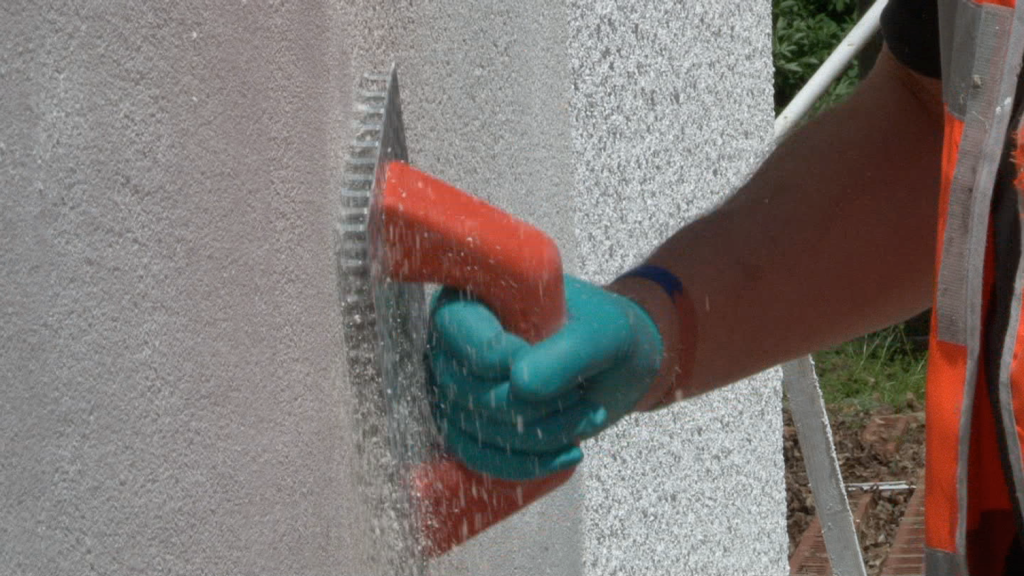
The trick is to go hard, even out and scrape off any excess. Try not to play with it too much and worry about how even it is, as this will enhance moisture in the products and makes it harder to apply. Get the layer on and after even it out with a straight edge. The straight edge will not only even out the surface but will also hallow out any trapped air beneath the surface.
Use a finishing spatula that will give you a nice smooth surface.
5 hours later when it is nearly dry scratch the surface with a scratcher if you are looking for a scratch-stone finish.
How to apply Monocouche Render in Winter?
In cold weather conditions with monocouche render, certain additives like accelerator can be added to the monocouche render to help it dry completely when temperatures are low. Still, you must work with monocouche render between 5°C and below 30°C.
Monocouche render is a different system than what is used for energy-efficient external wall insulation (EWI) systems that help reduce heating bills.
With monocouche render, as this is only one coat render applied to brick or block work, the strong insulation is inside the cavity.
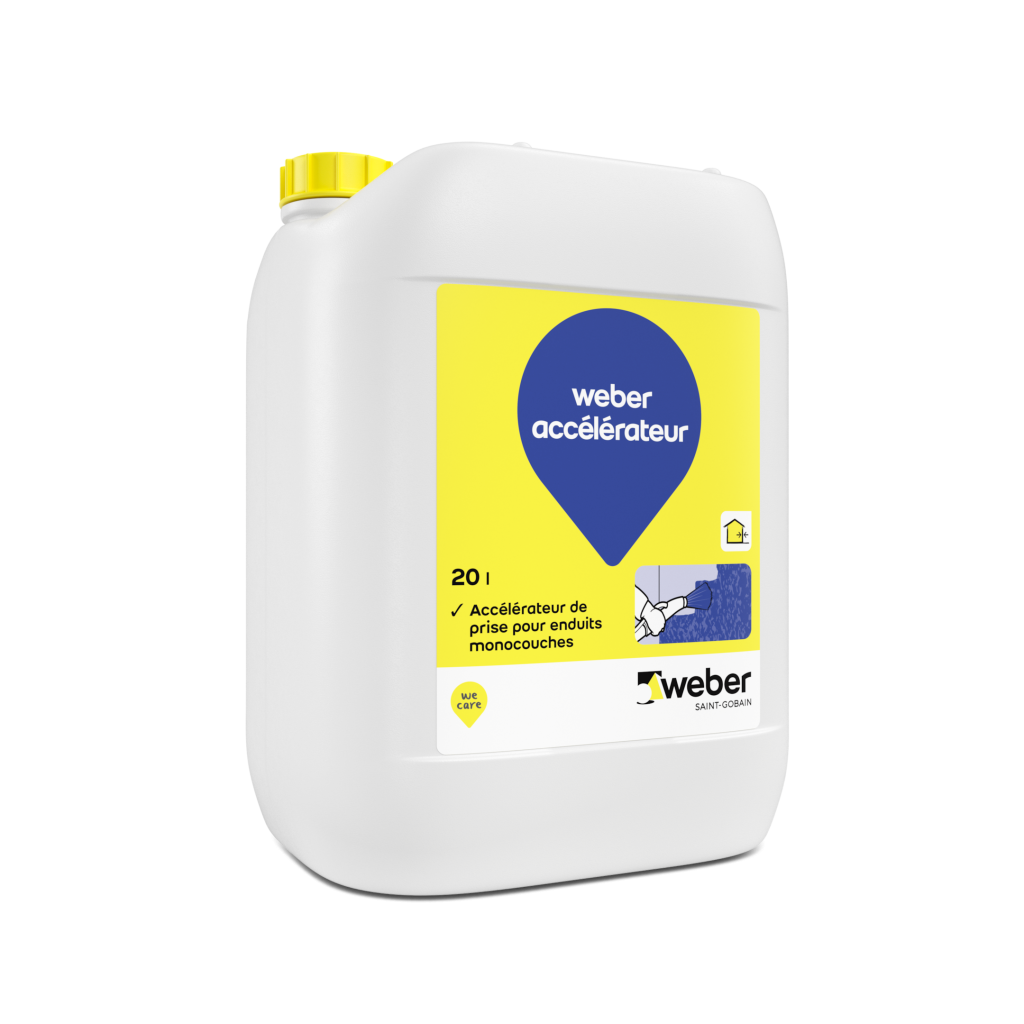
Monocouche render is a different system than what is used for energy-efficient external wall insulation (EWI) systems that help reduce heating bills.
With monocouche render, as this is only one coat render applied to brick or block work, the strong insulation is inside the cavity.
How long does Monocouche Render last?
External render systems that are installed correctly and subject to normal use and undergo regular inspection and maintenance can last in excess of 40 years in accordance with BS 7543:215.
Maintenance of Monocouche Renders
Maintenance of a monocouche render involves regularly cleaning the surface to remove dirt, grime, and other contaminants. A water-based render and brick cleaner can be used to clean the surface of the render, as it is gentle and effective in removing dirt and grime without damaging the render.
Additionally, a masonry wash can be used to clean the surface of the brickwork. This solution is typically more heavy-duty and can be used to remove stubborn stains and marks.
The water-based render, brick cleaner, and masonry wash should be applied to the surface using a soft brush or a pressure washer, taking care to avoid causing damage to the render.
After cleaning, it’s essential to rinse the surface thoroughly with water to remove any remaining cleaning solution.
Conclusion
In conclusion, monocouche render is a cost-effective and efficient alternative to traditional renders, as it only requires one coat in two passes to create a decorative finish.
It is easy to apply, can be used across the construction industry, and has various colours and finishing styles. Additionally, the monocouche render is weather-resistant and low maintenance, making it an excellent choice for house improvements and external wall finishes.
While it may be more expensive than traditional render, the benefits of a through-coloured finish and quick application make it a worthwhile investment.
SIG Façade Team, with their technical knowledge of all things façade, can help ensure any façade project works from the design stage to the finished façade and it meets both the requirements of the project and the client’s expectations.
To get more advice, don’t hesitate to get in touch and email our team at enquiries@sigfacades.ie

